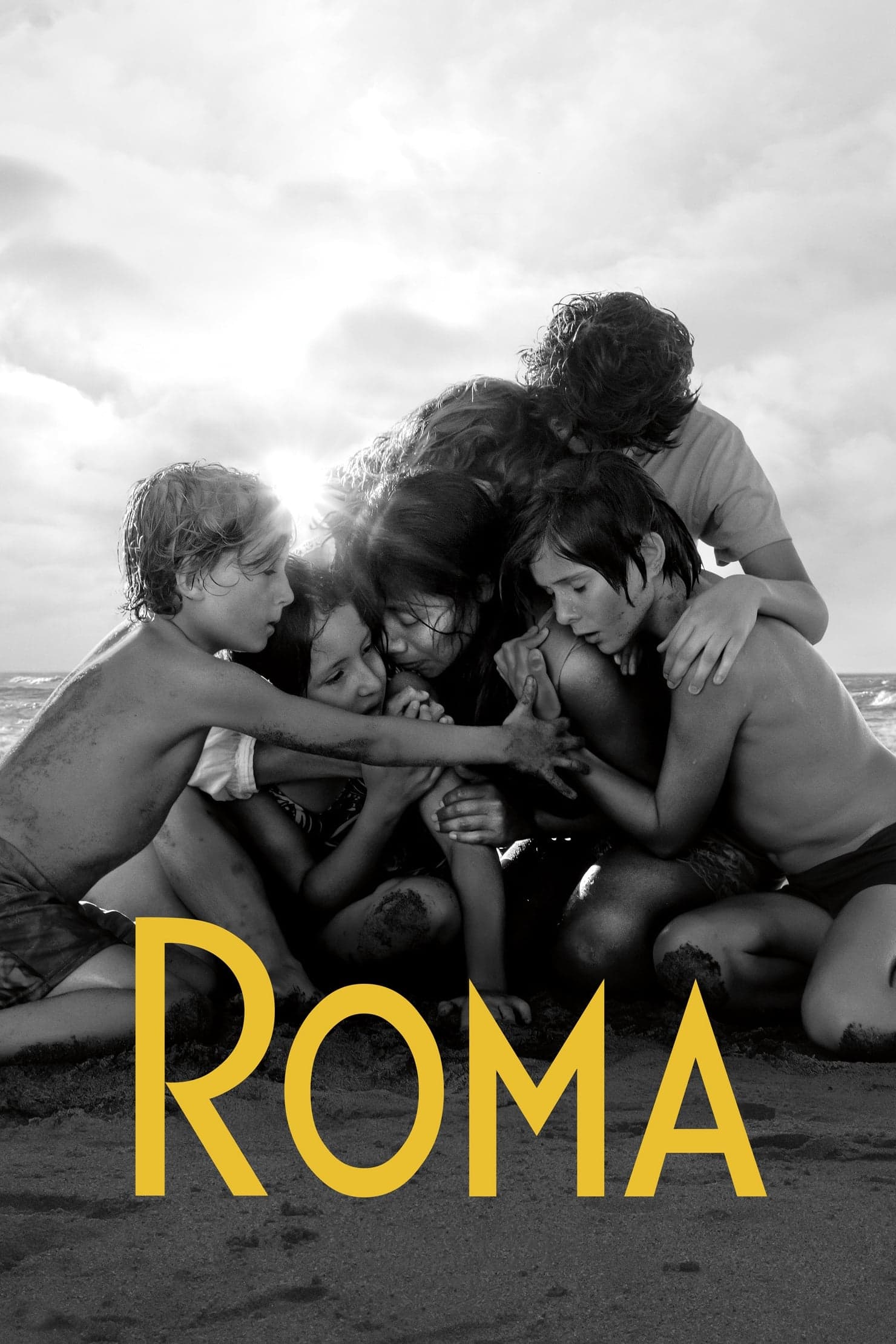
Roma
2018
Rate this movie
Average: 4.00 / 5
(2 votes)
Director
Roma is a grandiose cinematic project born from the fertile mind of Alfonso Cuarón, who directed, wrote, and above all, staged it with almost maniacal attention to the filming phase, executed in a masterful black and white, utilizing digital cameras, 65mm lenses, and Dolby Atmos sound.
The resulting product, distributed by Netflix, and having briefly passed through cinemas before arriving on the streaming platform, is a dazzling aesthetic prototype of Cinematic Art from which many will draw inspiration.
The ambition was to reconstruct Mexico City of 1970 with the greatest possible detail, to offer the maximum information to the viewers' retina (and hearing), deploying an absolute clarity of personal memories, an avalanche of pixels almost composing the equivalent of the Proustian phrase "it is from memory that we are speaking here."
And there is no doubt that the film is a long journey through Memory, with wonder and disillusionment, with mild and sober vagueness, almost retracing the footsteps of Marcel Proust's Recherche.
Moreover, it is Cuarón himself who admits to the Proustian influence: “I re-read Recherche when I was in post-production.
I realized I hadn't understood it the first time.
I was too young; all those romantic descriptions had passed through my mind with speed and indifference.
Today, entering the final period of life, that which forces us to confront memories, that in which I intensely feel the difference between who I am and who I was, there is no longer anything romantic; instead, an acceptance of the randomness of existence takes over.
I don't know if the film can be called Proustian – after all, how can one compare oneself to Proust's genius? Roma is linear, while the writer is free to explore all the corridors of memory.
However, my work too, in its small way, by capturing the essence of the past, allows the viewer to connect with their own memories, or to succumb to its charm.”
The year is 1970: posters for that summer's World Cup, held in Mexico, hang in a child's bedroom. The film's title refers to the eponymous neighborhood in the Mexican metropolis and the director's belief that Mexico City has followed in the footsteps of the Latin city in its dizzying expansion in recent years, a quasi-Rome in its frenzy and swarming conquest of the surrounding territory.
Roma is fundamentally the story of two women. One is Cleo (wonderfully portrayed by newcomer Yalitza Aparicio), a young woman of Mixteco Mesoamerican descent who works as a domestic helper for a middle-to-upper-class family in Mexico City. Cleo's personal life begins to connect with that of her employer, Sofía (Marina De Tavira), the second woman in the story.
Cuarón shows how the family, though quite placid in its quiet life, is gradually placed under pressure. There are signs of tension in family life. The tiled courtyard driveway, shown clean in the opening credits, is habitually covered by the droppings of the much-loved family dog. The man of the house, Antonio (Fernando Grediaga), parks his car in this corridor with a tired and distracted care that alludes to his unhappiness. His wife Sofía attends to four turbulent children, but the real work is carried out by Cleo and her fellow domestic helper Adela (Nancy García García).
Antonio continues to leave for what are presumably work trips, and a stressed Sofía one day tells the children it would be a good idea to write to their father, imploring him to return home. Meanwhile, Cleo must explain to her slimy, martial arts-loving boyfriend Fermín (Jorge Antonio Guerrero) that she has missed her period. It is the prelude to disaster.
There is a scent of tragedy at this point in the film, mixed with a taste of absurdist comedy and a sublime mystery in its intricate pieces that the viewer is tasked with reassembling.
At the heart of it all is Aparicio's wonderful performance, which brings something delicate and stoic to the role. Throughout the film, both Cleo and the family undergo extreme upheavals. Cleo must face the consequences of a brief relationship with a violent and crude individual. Sofía's marriage is crumbling. However, the most resonant scenes, those that long vibrate in the soul, are not the family squabbles or the scenes of Cleo confronting her boyfriend, but the quieter moments. One cannot help but marvel at the meticulously detailed mise-en-scène and Cuarón's ability to cram enormous amounts of visual information into what might initially seem like mundane daily snapshots. But it is precisely that placid flow of routine that constitutes the soul of this story, lending it a twilight and disillusioned tone.
The final scene, when the family flees the city for a day at the beach, is the definitive detachment from daily life, from the invisible evils that grip the tranquility of mankind. The children huddled on the beach, almost forming a sculpture of flesh, are the enchanted offshoot of a dream that languishes and endures in memory, a faint charm that we desperately try to grasp in the night..
Main Actors
Genres
Gallery
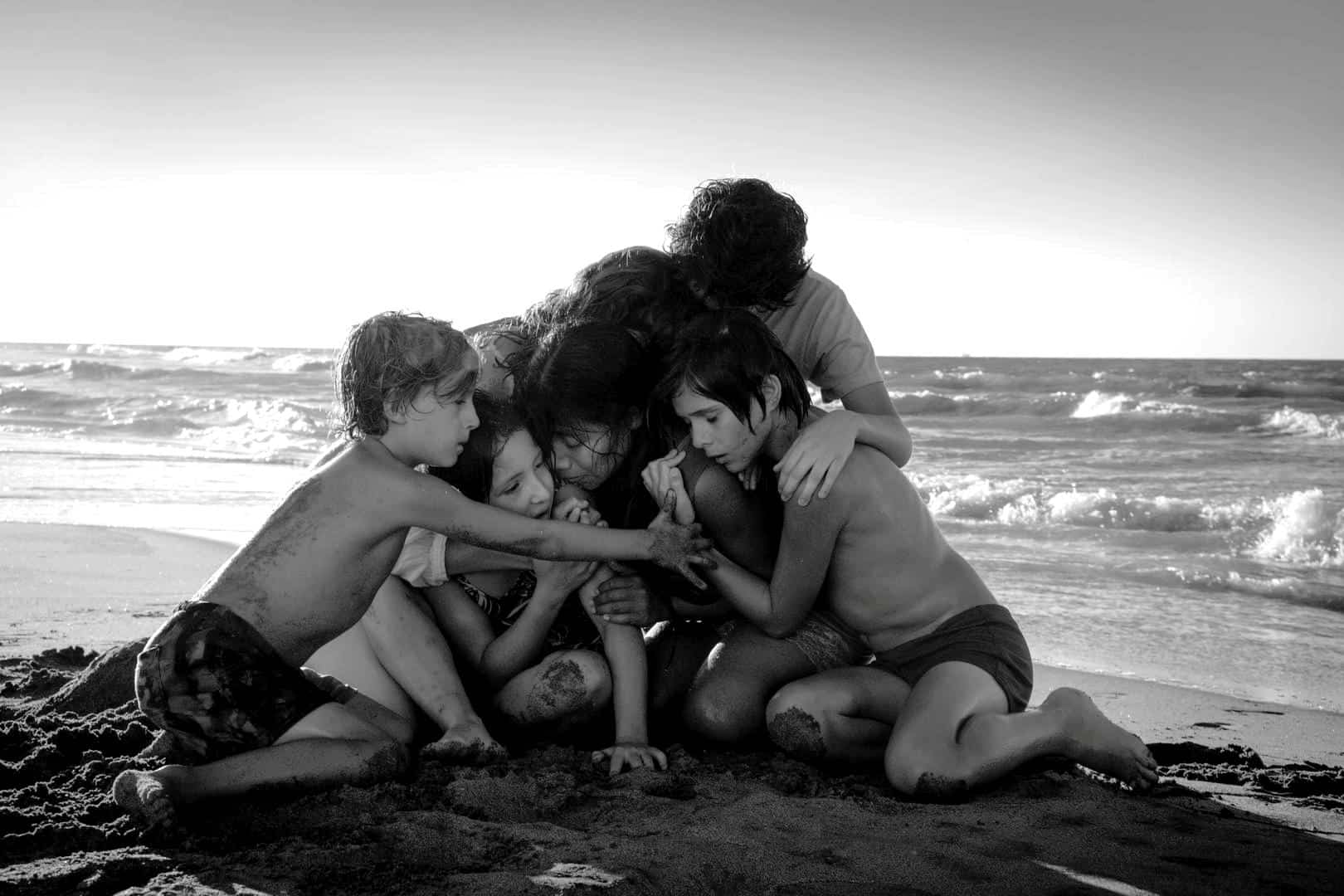

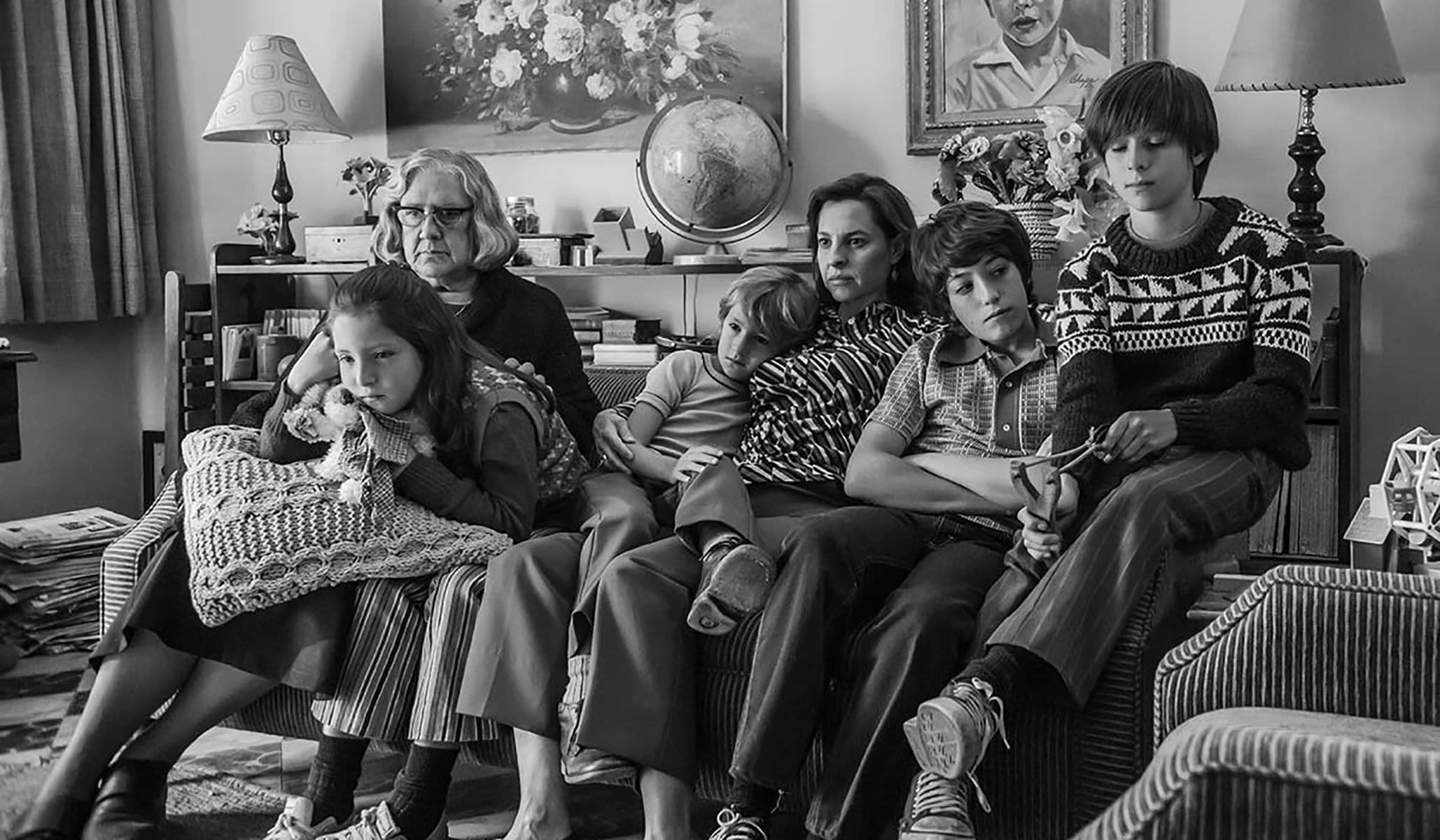
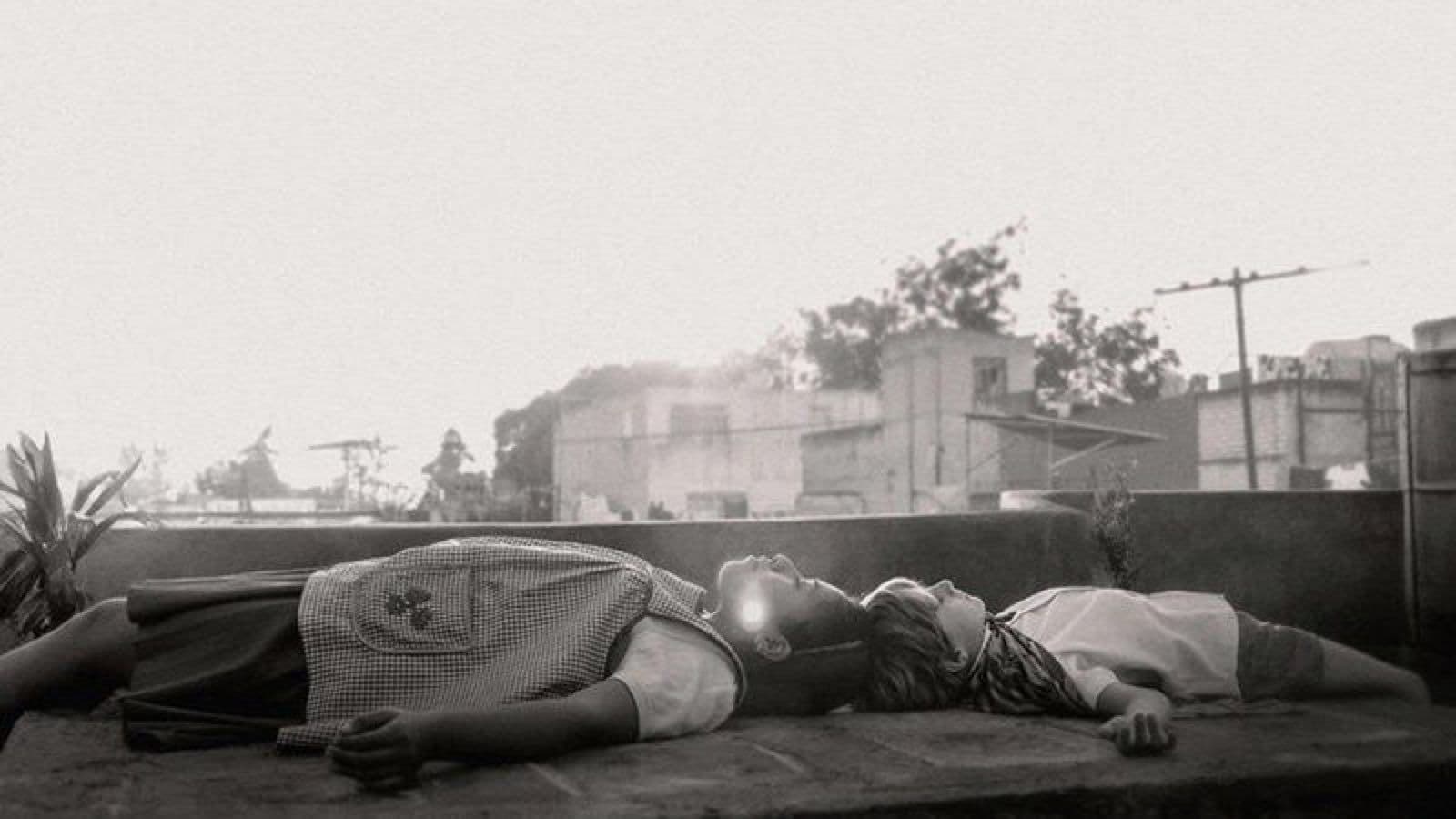
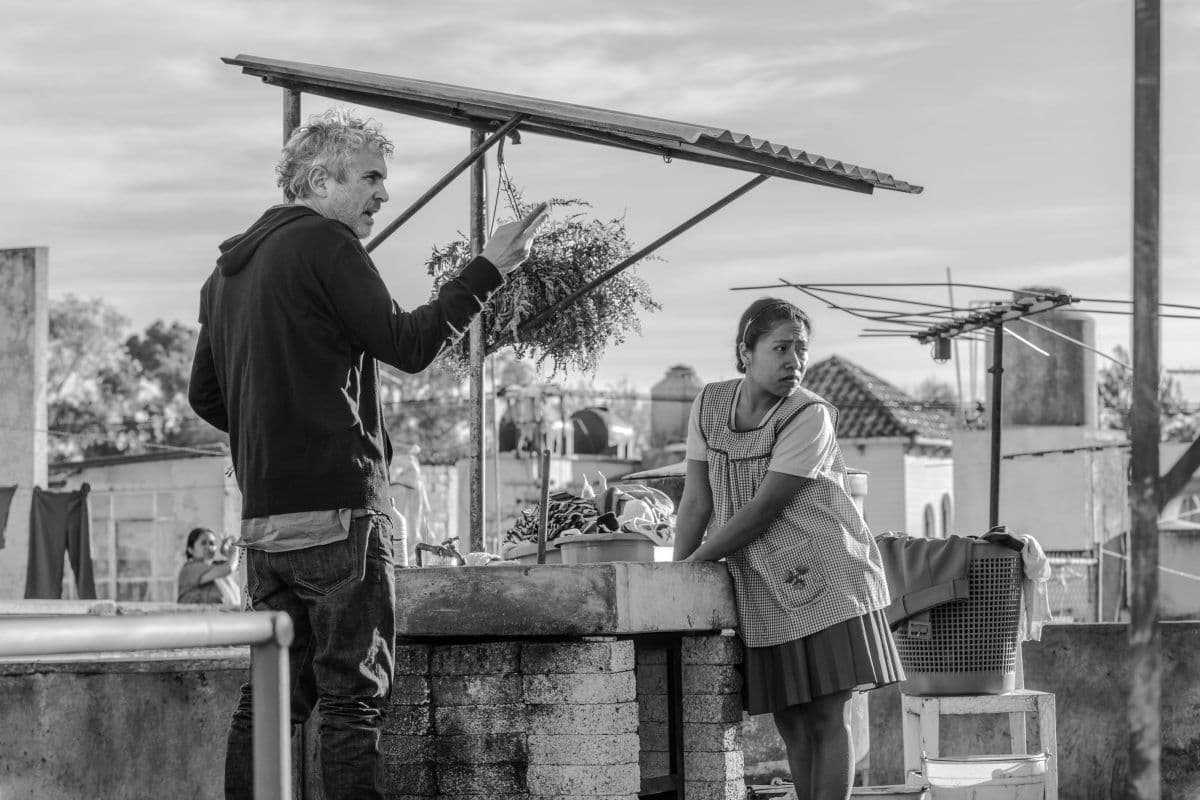
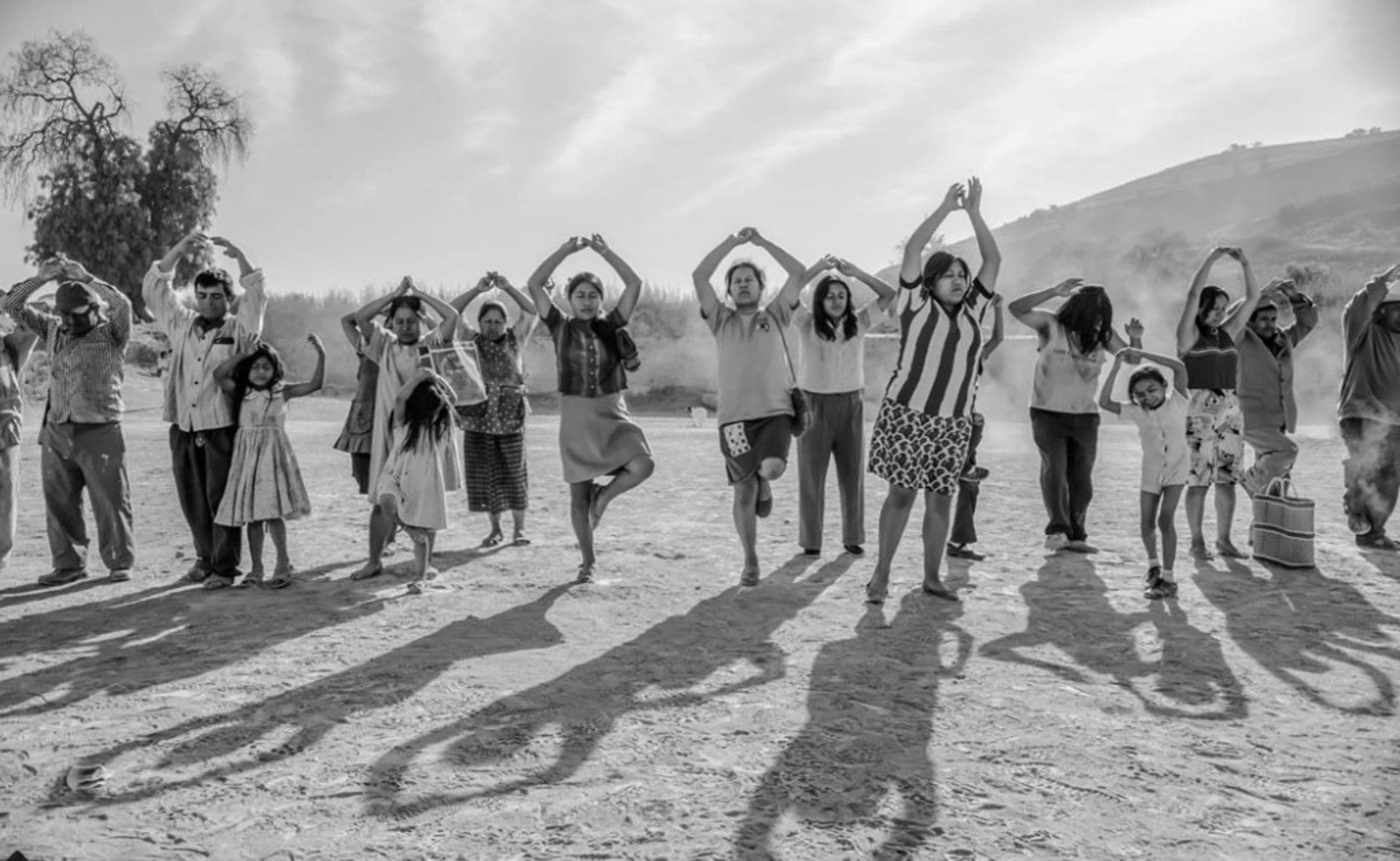

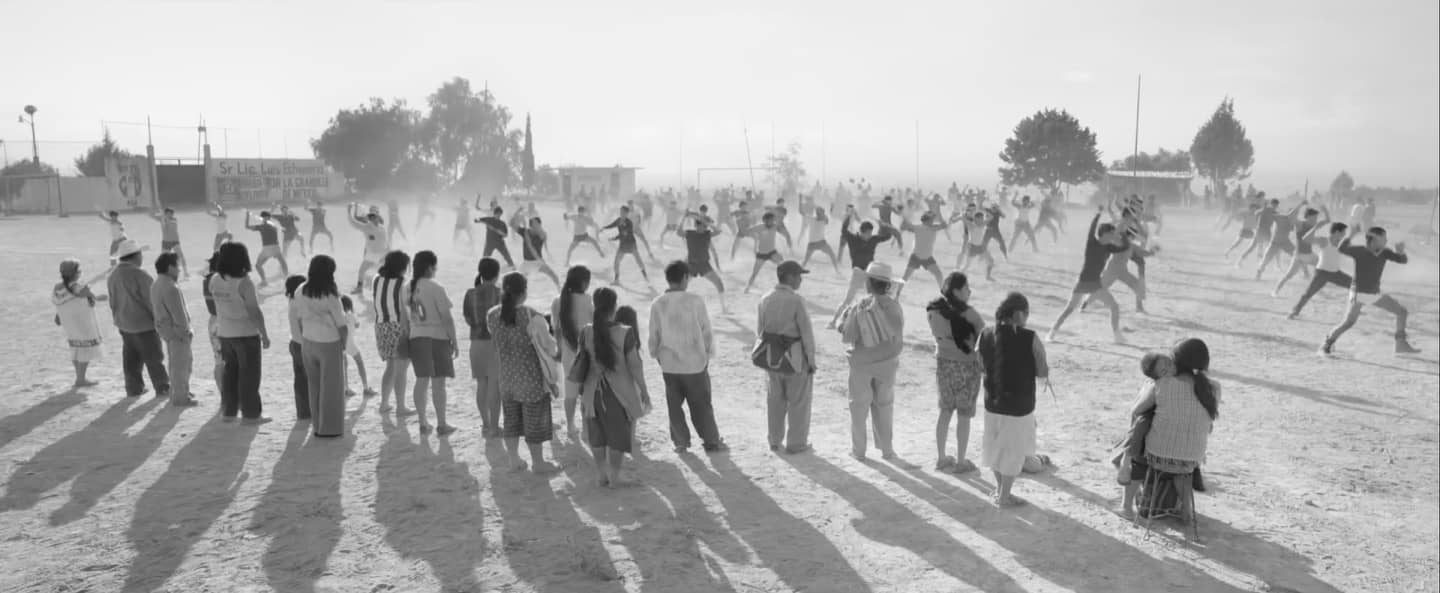
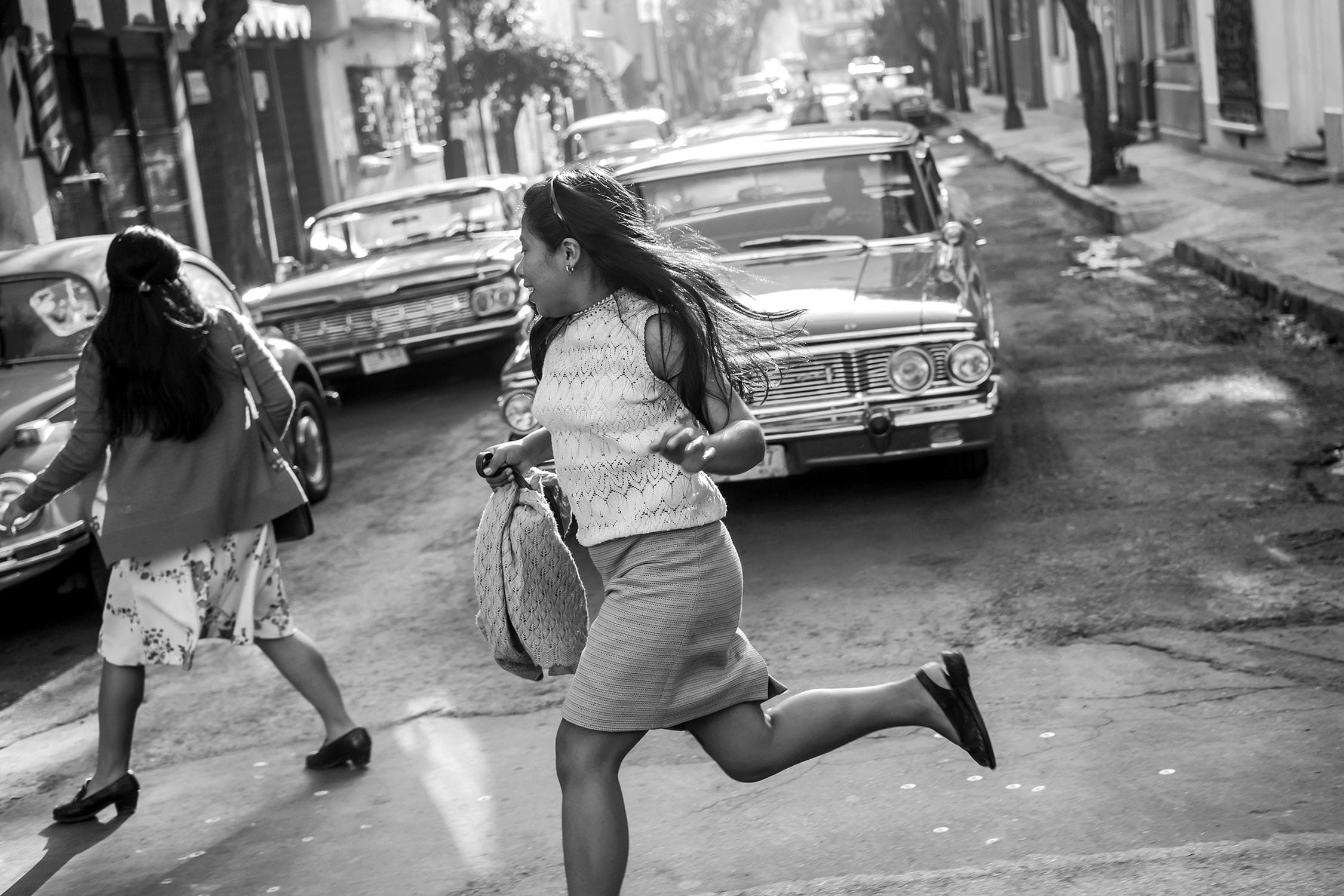
Comments
Loading comments...